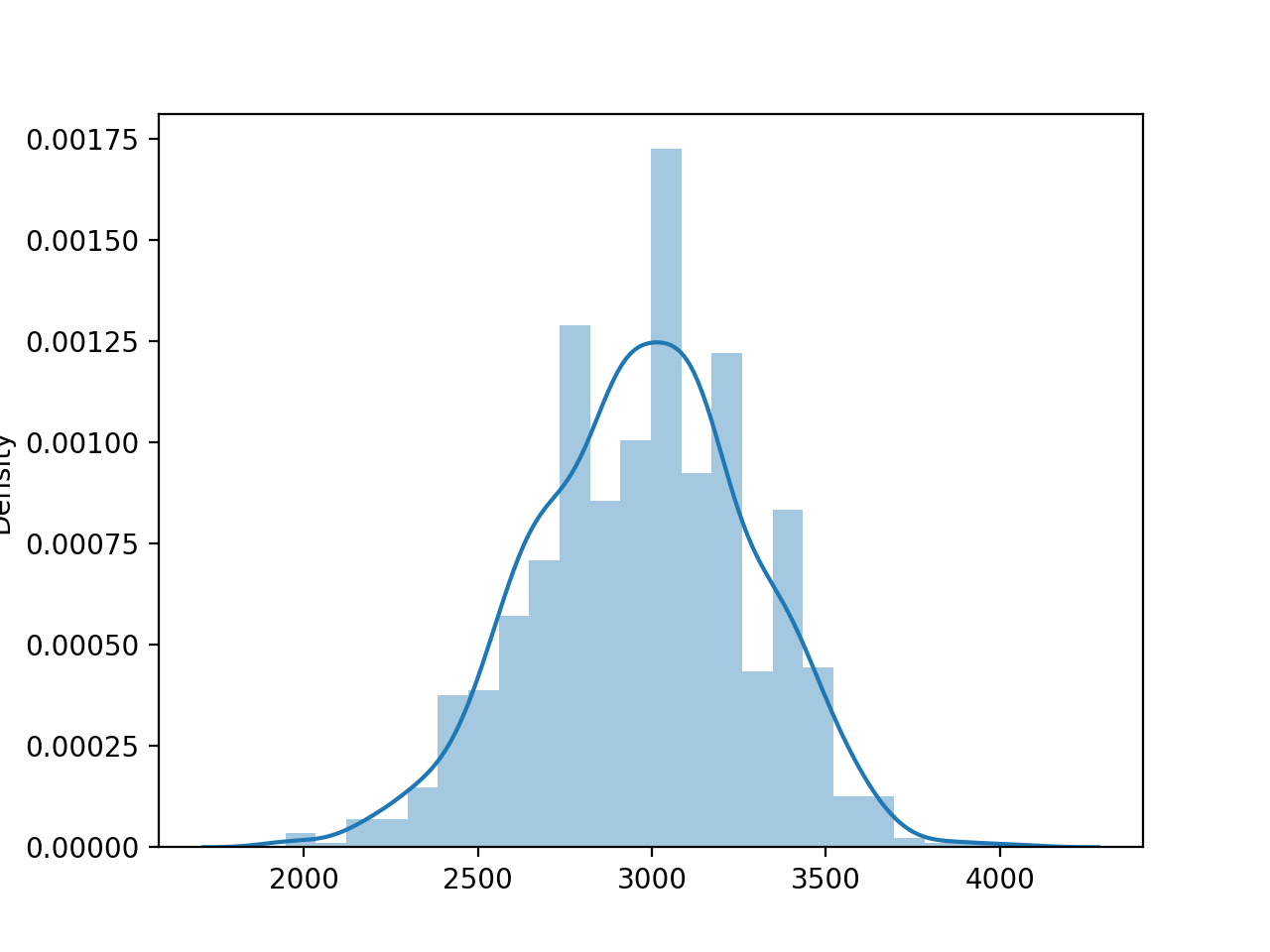Here is another way to obtain results very similar to those in my other answer here.
Again, by rescaling, without loss of generality $\lambda=1$.
Note that
\begin{equation*}
S=\binom nk-\binom{n-\nu}k, \tag{0}
\end{equation*}
where
\begin{equation*}
\nu:=\sum_{j\in[n]}1(X_j\ge t). \tag{1}
\end{equation*}
So,
\begin{equation*}
S=\mu_n+f_n(\bar V),
\end{equation*}
where
\begin{equation*}
\mu_n:=\binom nk-\binom{nq}k,
\end{equation*}
\begin{equation*}
q:=1-e^{-t},
\end{equation*}
\begin{equation*}
f_n(v):=\binom{nq}k-\binom{n(q-v)}k,
\end{equation*}
\begin{equation*}
\bar V:=\frac1n\,\sum_{j\in[n]}V_j
\end{equation*}
(so that $n-\nu=n(q-\bar V)$),
\begin{equation*}
V_j:=1(X_j\ge t)-E1(X_j\ge t)=1(X_j\ge t)-(1-q).
\end{equation*}
Note that
\begin{equation*}
\mu_n=\frac{n^k}{k!}\,(1+O(1/n)-q^k)
\end{equation*}
(as $n\to\infty$),
\begin{equation*}
f_n(v)=\frac{n^k}{k!}\,(1+O(1/n))f(v),\quad f(v):=q^k-(q-v)^k,
\end{equation*}
$f(0)=0$, $f'(0)=kq^{k-1}$,
and the $V_j$'s are iid zero-mean random variables with variance $(1-q)q$.
Now it follows by Theorem 2.10 that
$S$ is asymptotically normal with (asymptotic) mean $n^k(1-q^k)/k!$ and asymptotic variance $(1-q)q^{2k-1}n^{2k-1}/((k-1)!)^2$.
For $n=100$, $k=2$, and $t=1$, we get $S\approx N(3002,305^2)$, which is in agreement with your picture.
Explicit bounds on the rate of convergence of $S$ to normality can be obtained from Theorem 2.11.
An advantage of this approach is that, (i) by (1), $\nu$ has the binomial distribution with parameters $n$ and $1-q$ and (ii)
by (0), $S=s(\nu)$ for the function
$$\{0,\dots,n\}\ni\mapsto s(x):=\binom nk-\binom{n-x}k\in\{0,1,\dots\},$$
and the function $s$ is strictly increasing on the set $\{0,\dots,n-k+1\}$ (and equals the constant $\binom nk$ on the set $\{n-k+1,n-k+2,\dots,n\}$, which is relatively small if $n$ is much greater than $k$). So,
\begin{equation}
P(S\ge s(x))=P(\nu\ge x)\text{ for any $x\in\{0,\dots,n-k+1\}$}.
\end{equation}
Thus, any one of the many upper or lower bounds on the tail probabilities of a binomial distribution results in the corresponding upper or lower bound on the tail probabilities of $S$.

